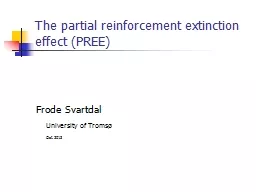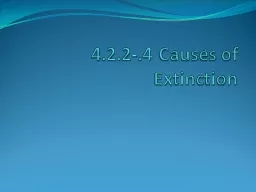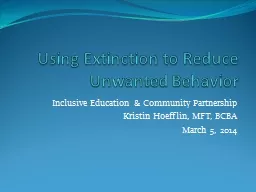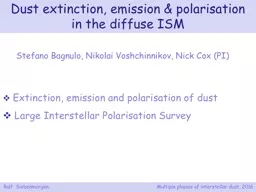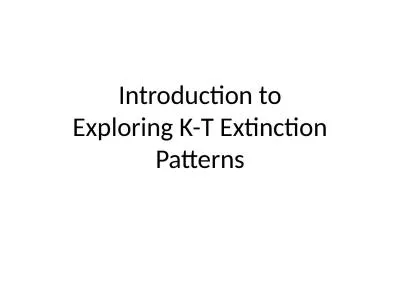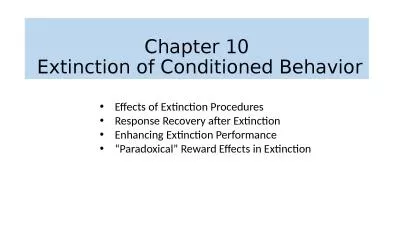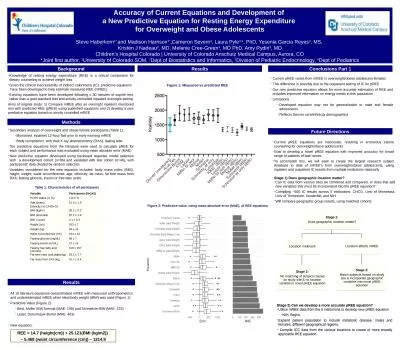PPT-The partial reinforcement extinction effect (PREE)
Author : pamella-moone | Published Date : 2016-07-04
Frode Svartdal University of Tromsø Oct 2013 Extinction Basics Extinction is defined in terms of a reinforcement process Extinction contingencies The stimulus
Presentation Embed Code
Download Presentation
Download Presentation The PPT/PDF document "The partial reinforcement extinction eff..." is the property of its rightful owner. Permission is granted to download and print the materials on this website for personal, non-commercial use only, and to display it on your personal computer provided you do not modify the materials and that you retain all copyright notices contained in the materials. By downloading content from our website, you accept the terms of this agreement.
The partial reinforcement extinction effect (PREE): Transcript
Download Rules Of Document
"The partial reinforcement extinction effect (PREE)"The content belongs to its owner. You may download and print it for personal use, without modification, and keep all copyright notices. By downloading, you agree to these terms.
Related Documents

